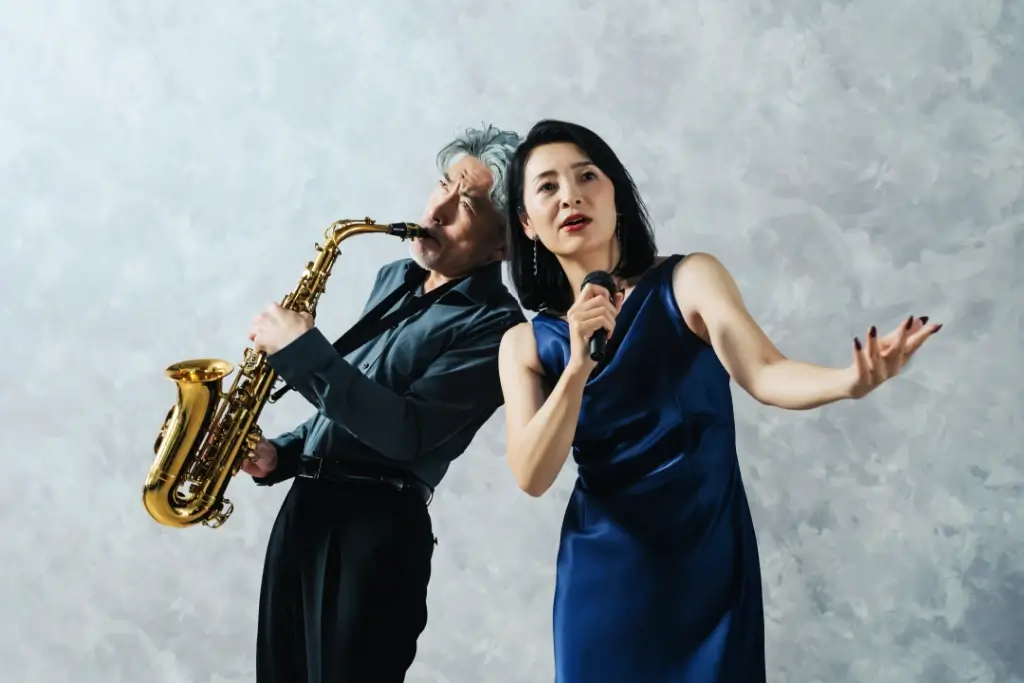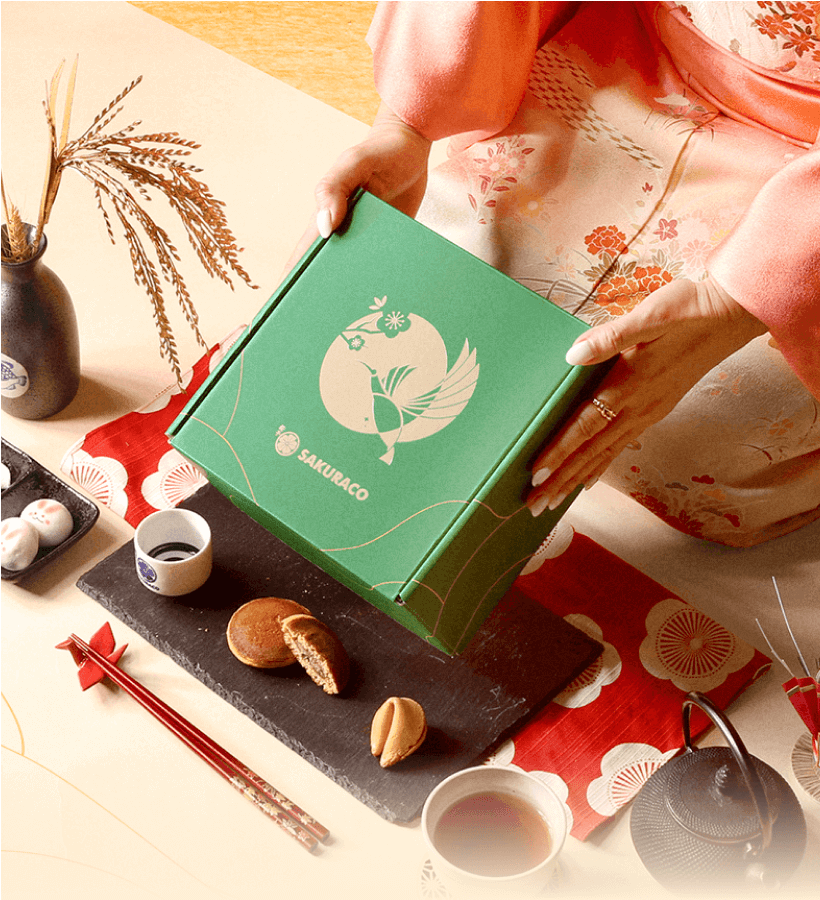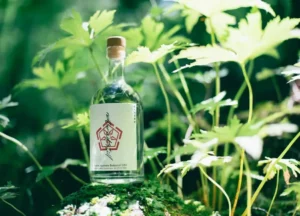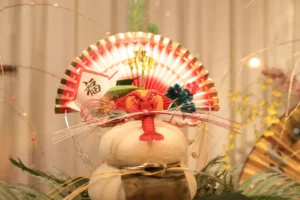When you think of Japanese music, you might picture old instruments like the koto (13-string zither) or shakuhachi (bamboo flute). But there’s another sound quietly echoing through the streets of Tokyo and beyond, Japanese jazz. Known to some as Japazz, this soulful, creative music blends classic American jazz with traditional Japanese influences.
From underground clubs to peaceful jazz cafés, jazz has shaped and been shaped by Japan’s culture for over a century. Keep reading as we take you on a journey through Japanese jazz’s rich history and unforgettable artists. You’ll also learn how this unique sound rose to global fame as one of Japan’s coolest musical movements.
Table of Contents
ToggleJazz as Cultural Resistance and Reinvention
People first said Japanese jazz was just a copy of American music. But that changed in the 1960s and 70s. Japanese musicians added their spirit and style. Artists like Sadao Watanabe, Ryo Kawasaki, and Teruo Nakamura created bold, new sounds. They showed the world that jazz in Japan had its voice.
One notable musician was Toshiko Akiyoshi. She formed a jazz group in 1948 when she was just 19. Later, she studied in the U.S. and became world-famous. Her music mixed bebop and traditional Japanese sounds. Her piece Kogun even uses the tsuzumi (hand drum).
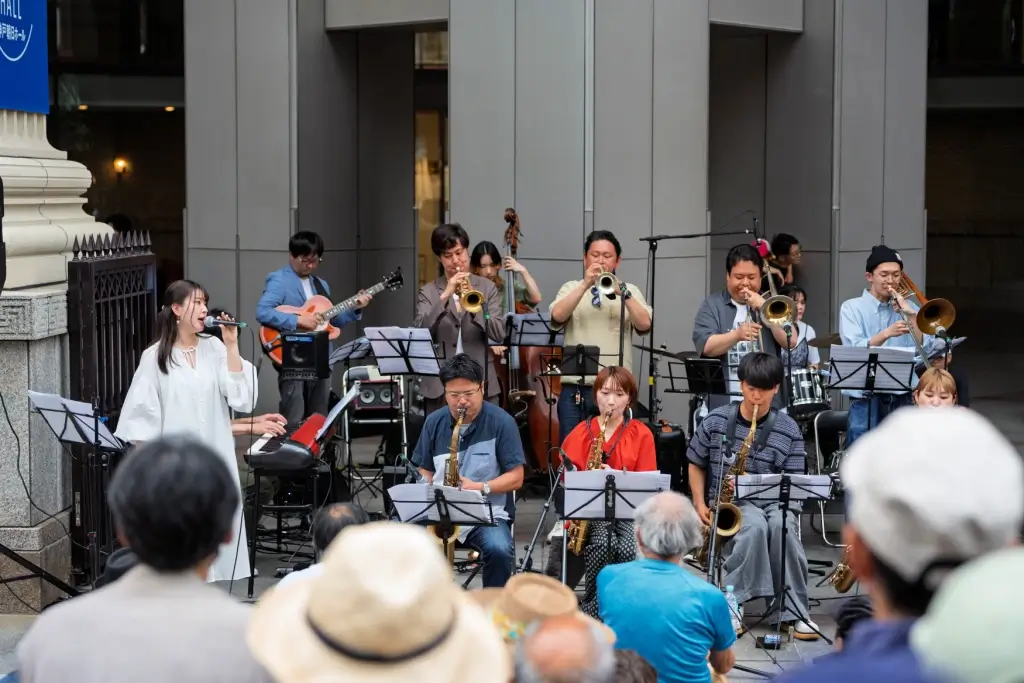
The Rise of Jazu Kissa
One of Japan’s most unique jazz traditions is the Jazu Kissa, cozy cafés made just for listening to jazz records. Unlike jazz clubs in the West, these cafés don’t always have live music. Instead, people quietly sip Japanese coffee while listening to carefully chosen jazz records. The music plays on high-end speakers, and talking is usually discouraged. Jazu Kissa first appeared in the 1950s and helped shape Japan’s jazz scene. About 600 of these cafés still exist today, from busy Tokyo neighborhoods to quiet countryside towns.
Would you like to try traditional Japanese snacks? Check out Sakuraco! Sakuraco delivers traditional Japanese snacks, teas, and sweets from local Japanese makers directly to your door so you can enjoy the latest treats directly from Japan!
Contemporary Stars and Global Recognition
Today, jazz in Japan is a small but strong scene. Many fans find jazz online, not in smoky clubs. For example, pianist Ryo Fukui taught himself to play in Sapporo. His 1976 album Scenery was not popular when it first came out. But now, Scenery has over 12 million views on YouTube. It became one of the most listened-to Japanese jazz albums online. Fukui’s soft swing and smooth style connect with fans around the world. He passed away in 2016, but his music still inspires many. His wife runs a jazz club called Slowboat in Sapporo to honor him.

Hiromi Uehara is another exciting Japanese jazz musician. She plays jazz-fusion with fantastic speed and emotion. Like Toshiko Akiyoshi, Hiromi studied at Berklee. Her concerts are powerful, creative, and full of drama. She plays solo or with a trio and always pushes jazz forward.
There’s also the bold sound of Soil & “Pimp” Sessions. This big-band group blends jazz with funk and punk energy. Their bassist, Akita Goldman, plays fierce, fast lines full of attitude. They call their style death jazz, wild, loud, and unique. It gives jazz a fresh, modern twist that younger fans love.
A Global Revival of Japanese Jazz
Lately, music collectors and record labels have started exploring Japan’s golden age of jazz again. British curators like Tony Higgins and Mike Peden are finding rare albums by artists like Koichi Matsukaze. They help re-release these hidden gems so more people can hear them today. These reissues aren’t just for fun; they help keep jazz history alive.
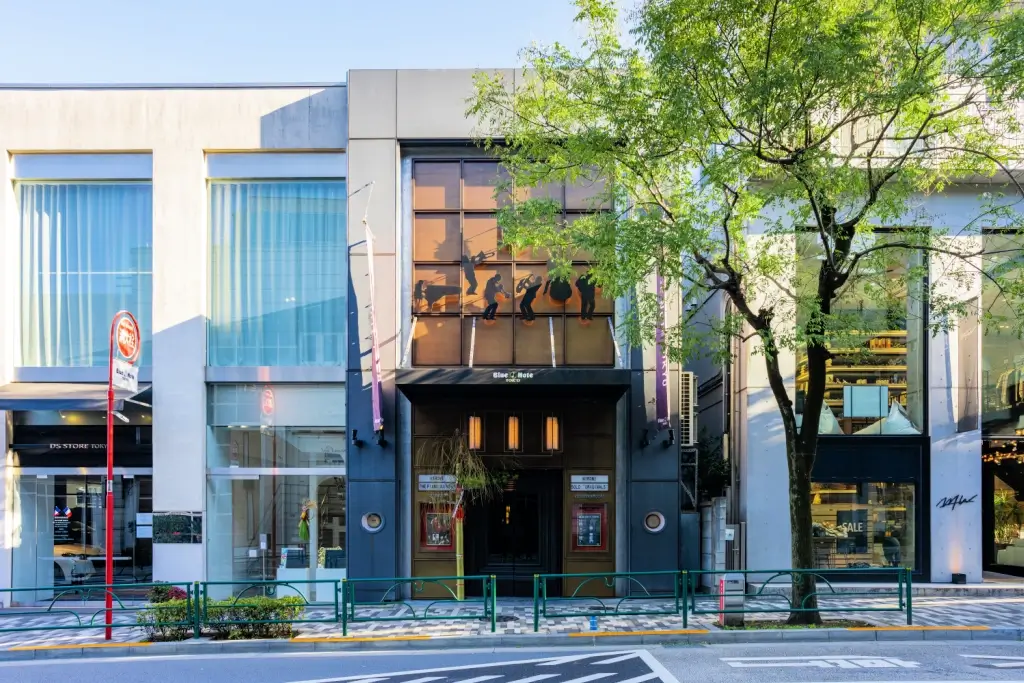
One excellent album is Matsukaze’s Earth Mother, released in 1978. It mixes powerful saxophone solos with spiritual jazz that grabs your attention. Now reissued on vinyl, it’s part of the J Jazz Masterclass Series. This growing collection helps share Japanese jazz with fans all over the world.
Why is jazz important in the world of Japanese music?
People love Japanese jazz because it tells a story and is a creative mix of cultures and ideas. Over time, Japan has reshaped jazz with its feelings, history, and traditions. Japanese jazz reflects the country’s journey through modern life, identity, and global art. It still feels like a hidden treasure in a world full of music.

With more reissues and streaming, exploring these amazing sounds is easier than ever. It’s stylish, powerful, and full of heart, one creative note at a time. Have you ever listened to Japanese jazz before? Which artist or album surprised you the most? Share your thoughts in the comments below!
Cited Sources
- Jazz in Japan. “On Jazz“.
- Sabukaru. “The Sabukaru Guide to 1970’s Japanese Jazz“.
- Tahusa. “Exploring Japan’s ‘Jazz Kissa’ Cafe Culture: Vibes and Snaps“.

